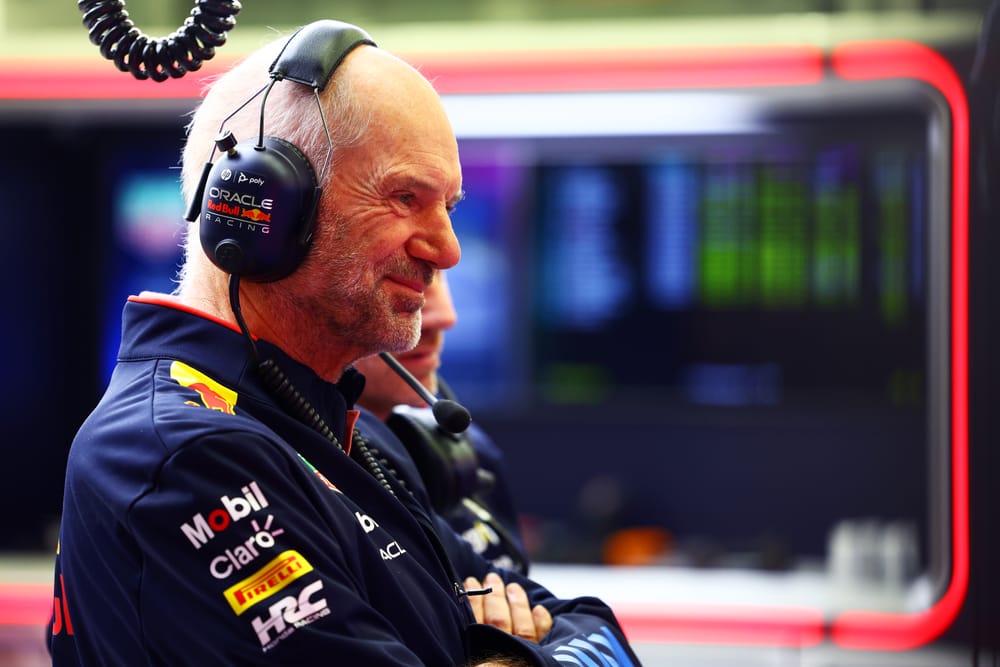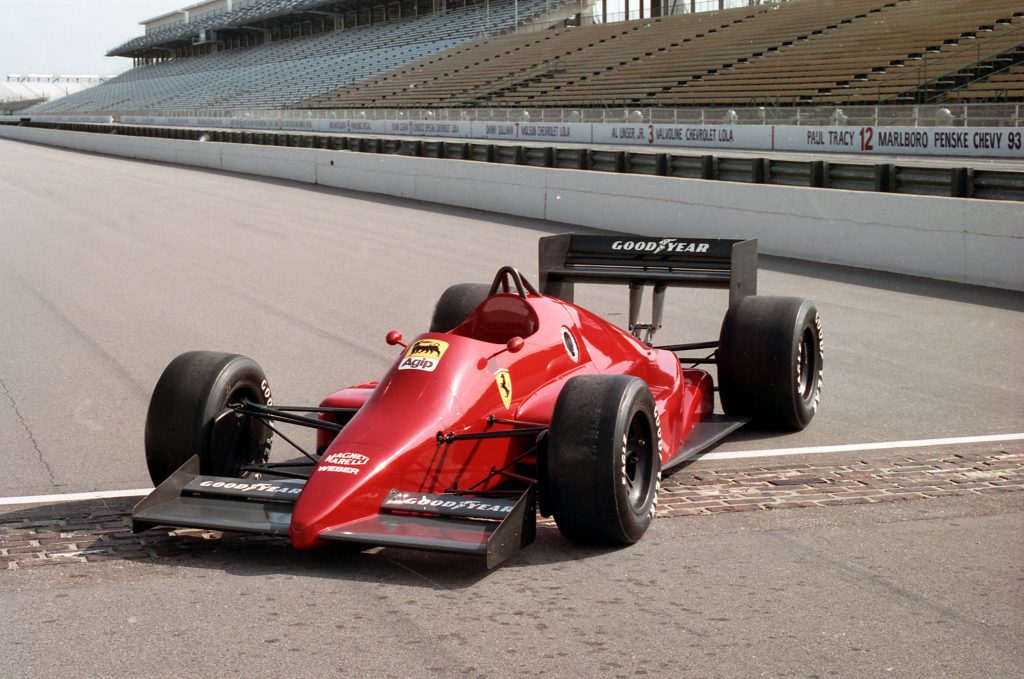Up Next

Adrian Newey is widely regarded as one of the best - if not the best - Formula 1 designers in the championship’s storied history, so it’s no surprise to see the news of his Red Bull exit create so many headlines.
But how did Newey rise to this position? What makes him so important to F1? And what are his greatest achievements? The Race has delved into Newey’s life and career to answer some of the key questions you might have about one of its behind-the-scenes legends.
Why is Newey so highly regarded?
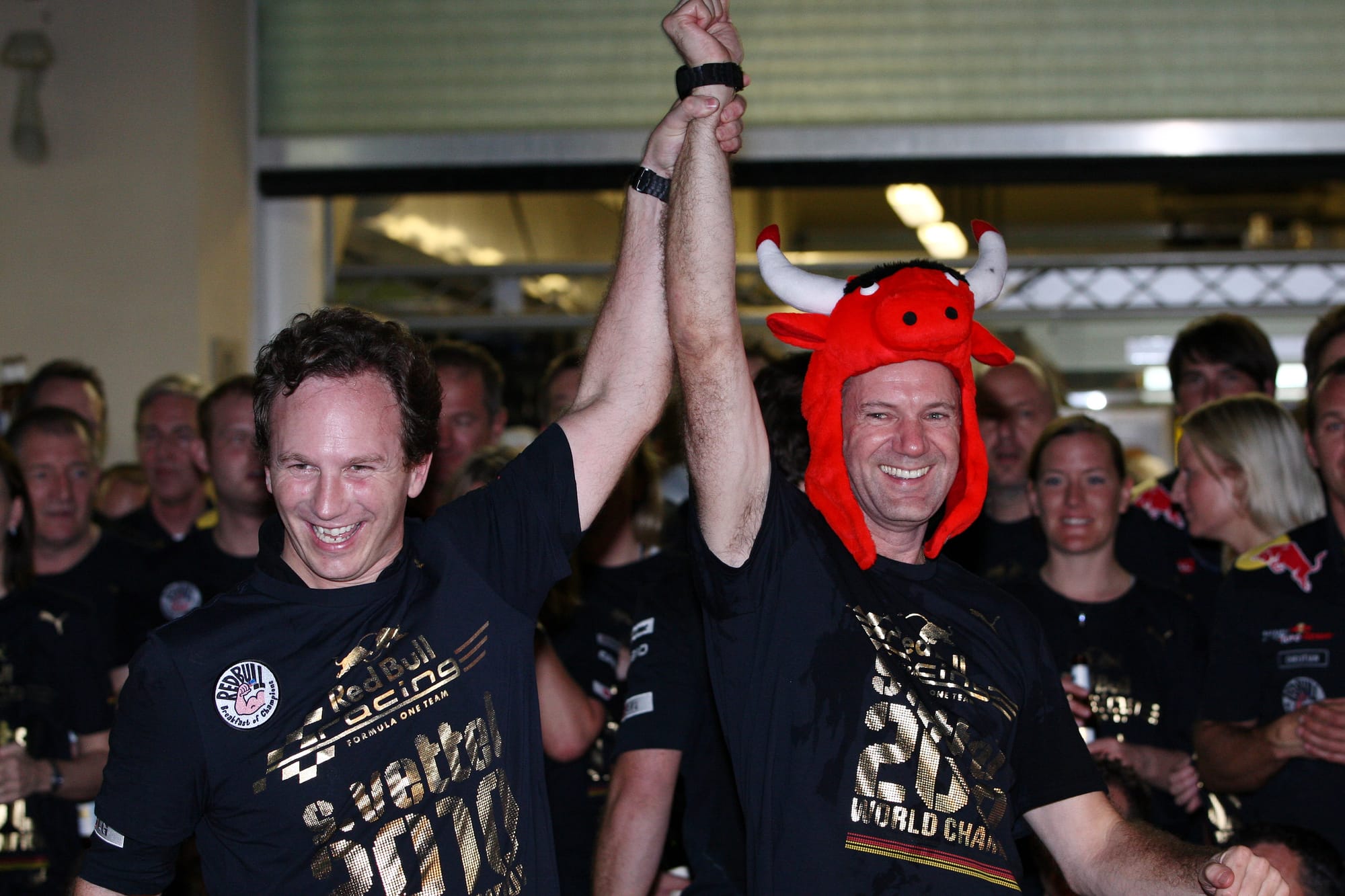
Newey has been part of 13 drivers’ titles and 12 constructors’ crowns in Formula 1, a spectacular record spanning 38 years in the championship.
At the start of his career, Newey was a designer and a race engineer. As a race engineer he got to learn how to work with drivers and get the best out of them in a more people-focused job, with that role entailing setting up the car to the drivers’ liking and tweaking the car to suit each track.
These skills in working with a driver and team gave him added knowledge when he became a technical director. In the 1990s in F1, the technical director would still be the key person in designing an F1 car, before the days of sprawling teams with departments of hundreds of people feeding into a council of middle management overseeing the car's design.
Because Newey was one of the successful designers of this period - when one designer could and did make a difference - his reputation flourished.
And almost every time Newey has left a team, it has led to a partial or long-term dip in that team’s performance, adding to his mystique.
That’s certainly the case with Williams - which won the title the year after he left with a car Newey had largely designed and has not won a drivers' title since - while McLaren took three years to win a drivers' title after Newey’s exit and hasn’t done so again since then.
Almost every F1 team has tried to sign Newey at some point - Ferrari has tried at least three times - which tells you how highly regarded he is.
Newey’s career overview
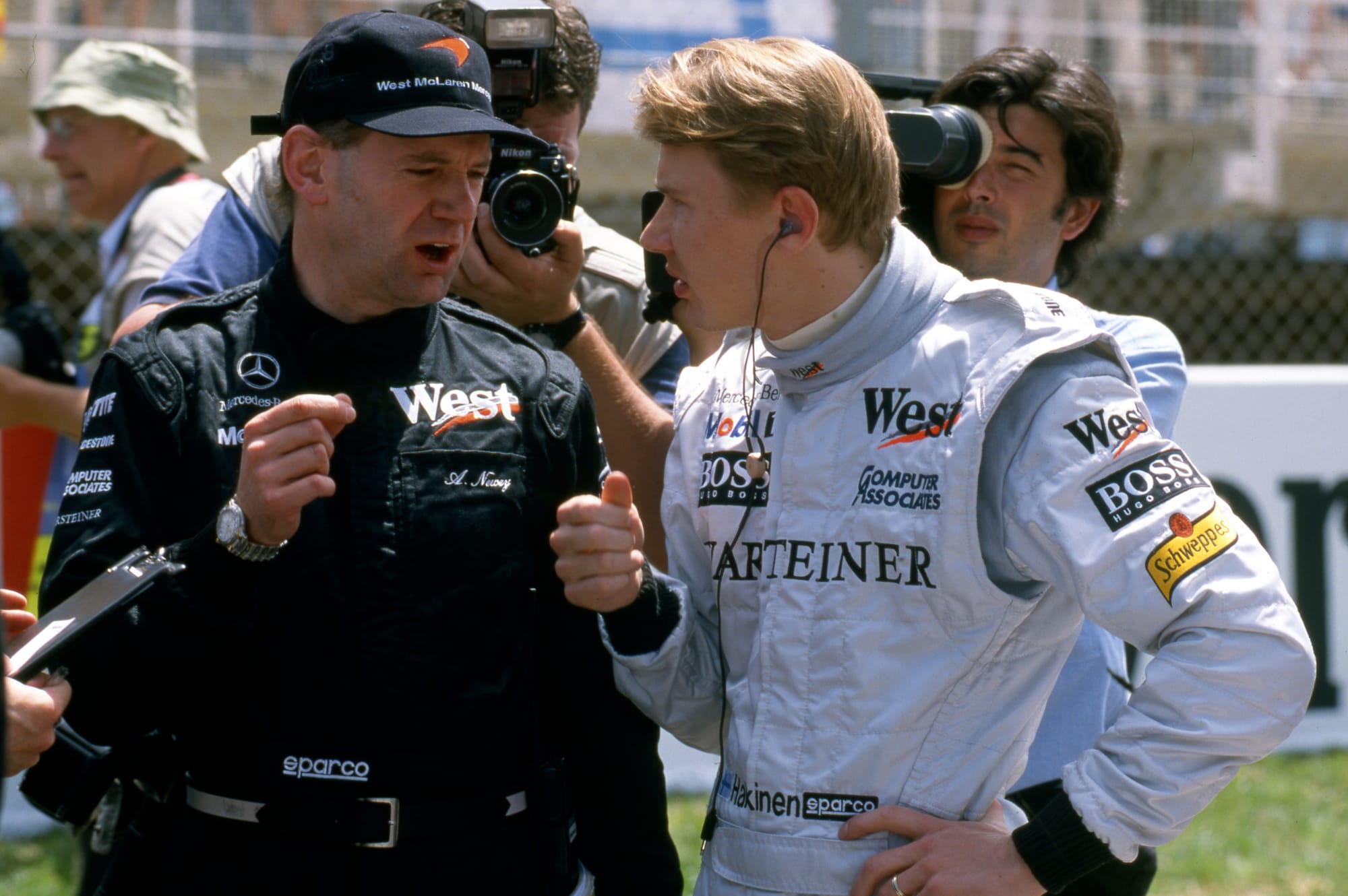
Newey was born in Stratford-upon-Avon and quickly became infatuated with cars and racing. Legendary Lotus designer Colin Chapman was an early hero of his.
He graduated from the University of Southampton - which he chose knowing then F1 teams Brabham and March used a nearby windtunnel - with a degree in aeronautics and astronautics.
He started in motorsport with F1 team Fittipaldi - or Copersucar as it was known by its sponsor - and then joined chassis builder March in 1981.
Newey designed successful CART (IndyCar) and IMSA (America’s top-level sportscar series) cars and worked with Indianapolis 500 winner Bobby Rahal, with whom he built a strong bond.
And he even turned down the chance to become technical director of Ferrari's ill-fated IndyCar project in this period - the first of three Ferrari rejections in his career.
One year back in F1 at the short-lived Haas-Lola team followed in 1986, before Newey spent the following year with Newman Haas and Mario Andretti in CART - only to return to March in F1 for 1988 which became Leyton House in 1990. He’d be primarily working in F1 for the rest of his career.
Newey left in the middle of 1990 - just days before the team nearly won that year's French Grand Prix with the final modifications he made to the car before his departure, and he joined Williams immediately after being approached by Patrick Head.
Alongside Head, Newey played a key role in four constructors’ championships and three drivers’ titles for Williams before the team's decision to dump Damon Hill for Heinz-Harald Frentzen for 1997 prompted him to resign, citing a breach of contract as he was supposed to be consulted on major decisions.
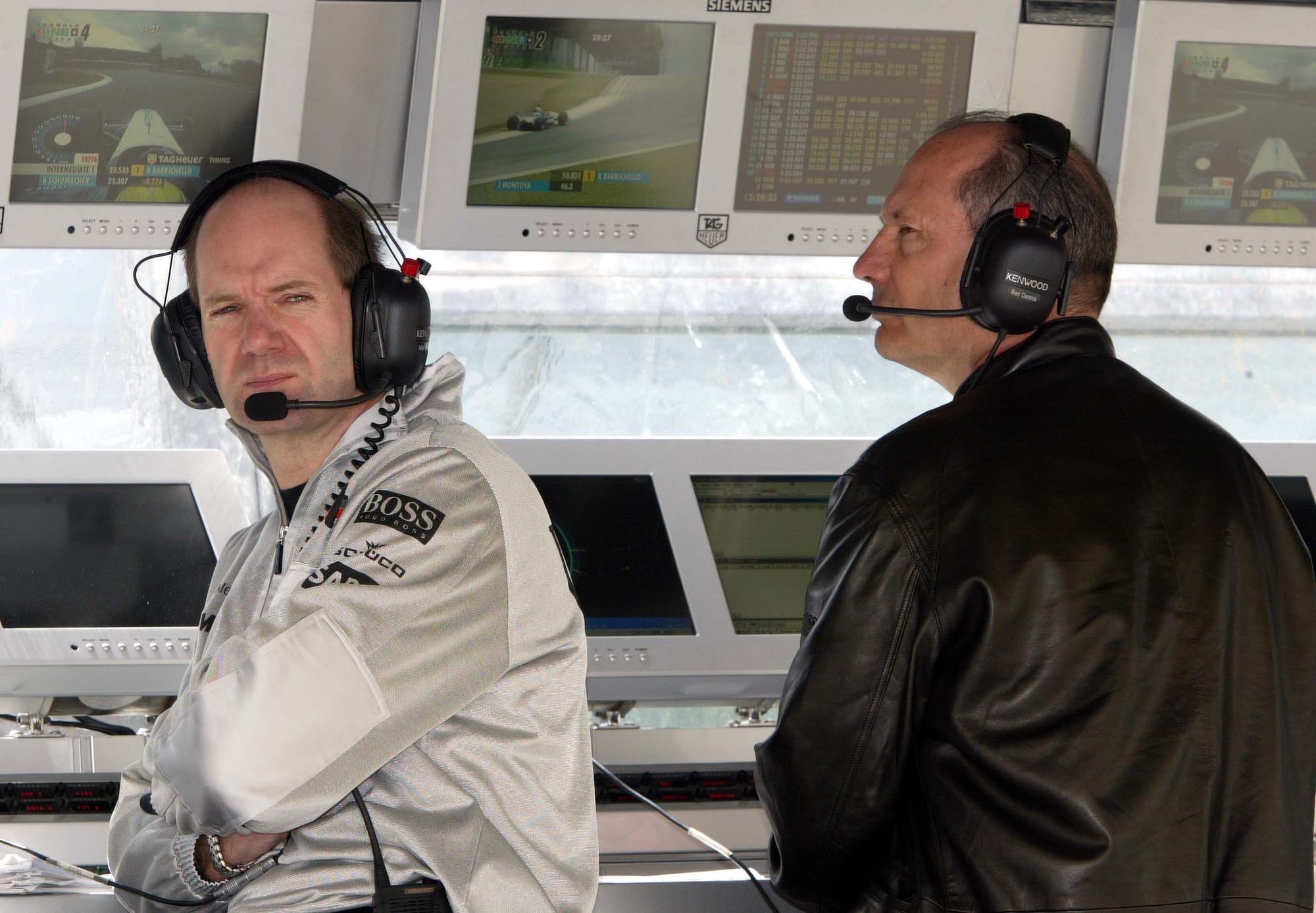
He moved to McLaren, starting work in the summer of 1997, and his 1998 McLaren MP4-13 won the drivers’ - with Mika Hakkinen - and constructors’ championships.
After Hakkinen won the 1999 drivers’ title and narrowly missed out on retaining it in 2000, Ferrari established a period of dominance in F1 with Michael Schumacher, and by the time Renault dethroned the Italian team in 2005, Newey was ready for another new challenge.
He had felt stifled by the changes made at McLaren in the wake of his attempted defection to Jaguar in 2001, believing that the 'matrix' team structure put in place around him left him almost powerless as technical director because he could be outvoted on major decisions.
The chance to help Red Bull evolve from a midfield upstart that had bought Jaguar appealed to Newey, as he considered the project a way of completing the unfinished business from his Leyton House stint.
Newey joined in 2006, and Red Bull won for the first time in 2009 - although a Newey-designed car won the year earlier when Sebastian Vettel won for Red Bull's sister team, Toro Rosso. Then in 2010 it started a run of four straight F1 titles with Vettel, before Mercedes' hybrid era dominance kept Red Bull out of the spotlight from 2014 onwards.
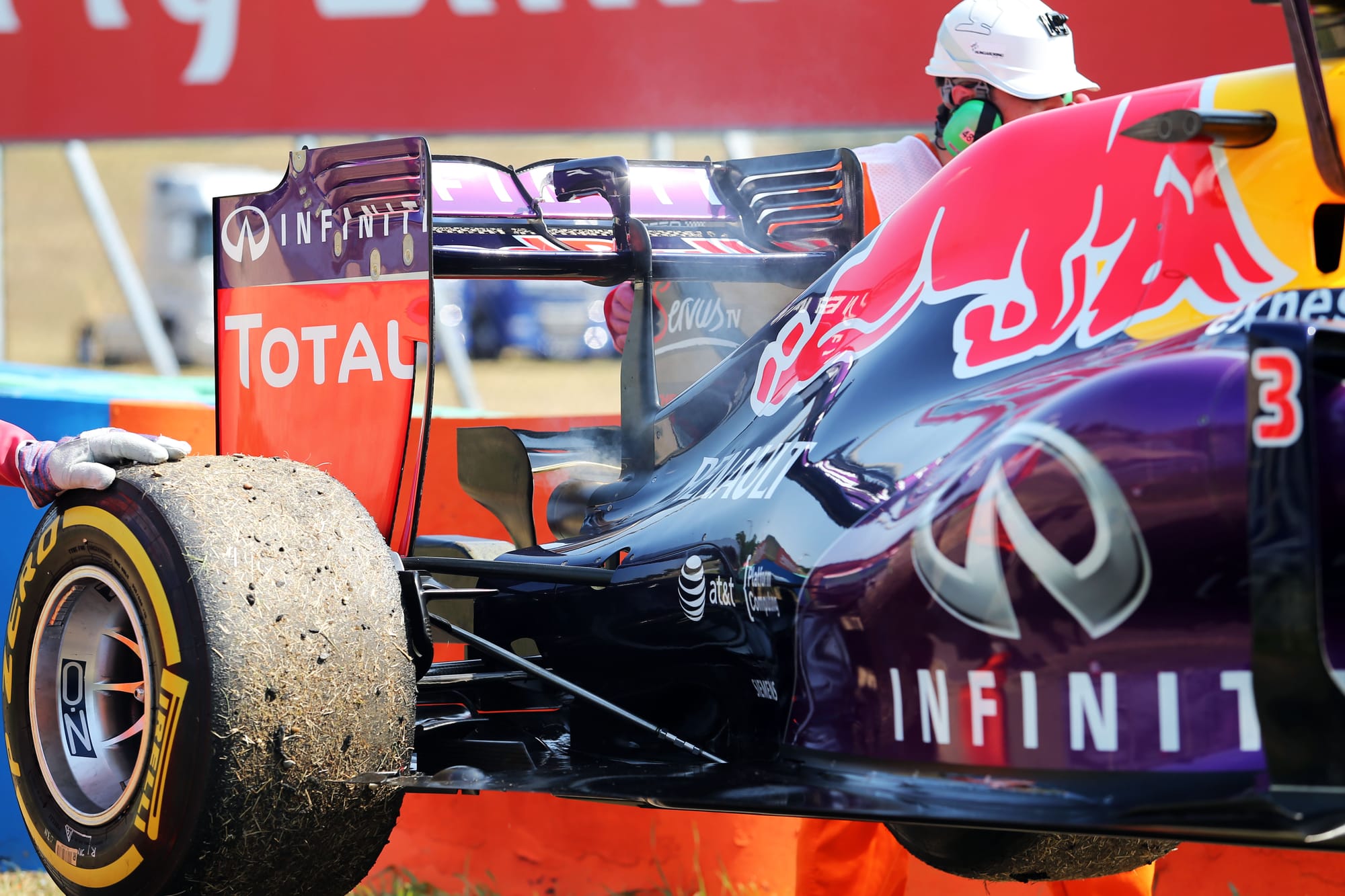
Newey and Red Bull were particularly hamstrung in this period by Renault's lack of a competitive engine and Newey was courted by Ferrari again and Mercedes. He stayed at Red Bull, but his direct involvement with F1 fluctuated over the years that followed.
It took until 2021 for Red Bull to become a genuine title threat again but since the ground-effect rules came in for 2022, Red Bull has won the drivers’ and constructors’ championship with many labelling the 2023 RB19 - which won 21 of that year's 22 grands prix - as the best F1 car in history.
Newey isn't the sole person responsible for that success and designing F1 cars is much more by council these days, but he's still been involved in key design decisions Red Bull has taken in the current era of rules.
Outside of F1, Newey enjoys racing classic cars and has done for some time - even racing contemporary machinery at Le Mans in 2007. He also helped design an Americas Cup yacht that made the semi-finals of the competition in 2017.
Now 65 years old, Newey spends most of his time between South Africa - where his wife Amanda is from - and the UK.

